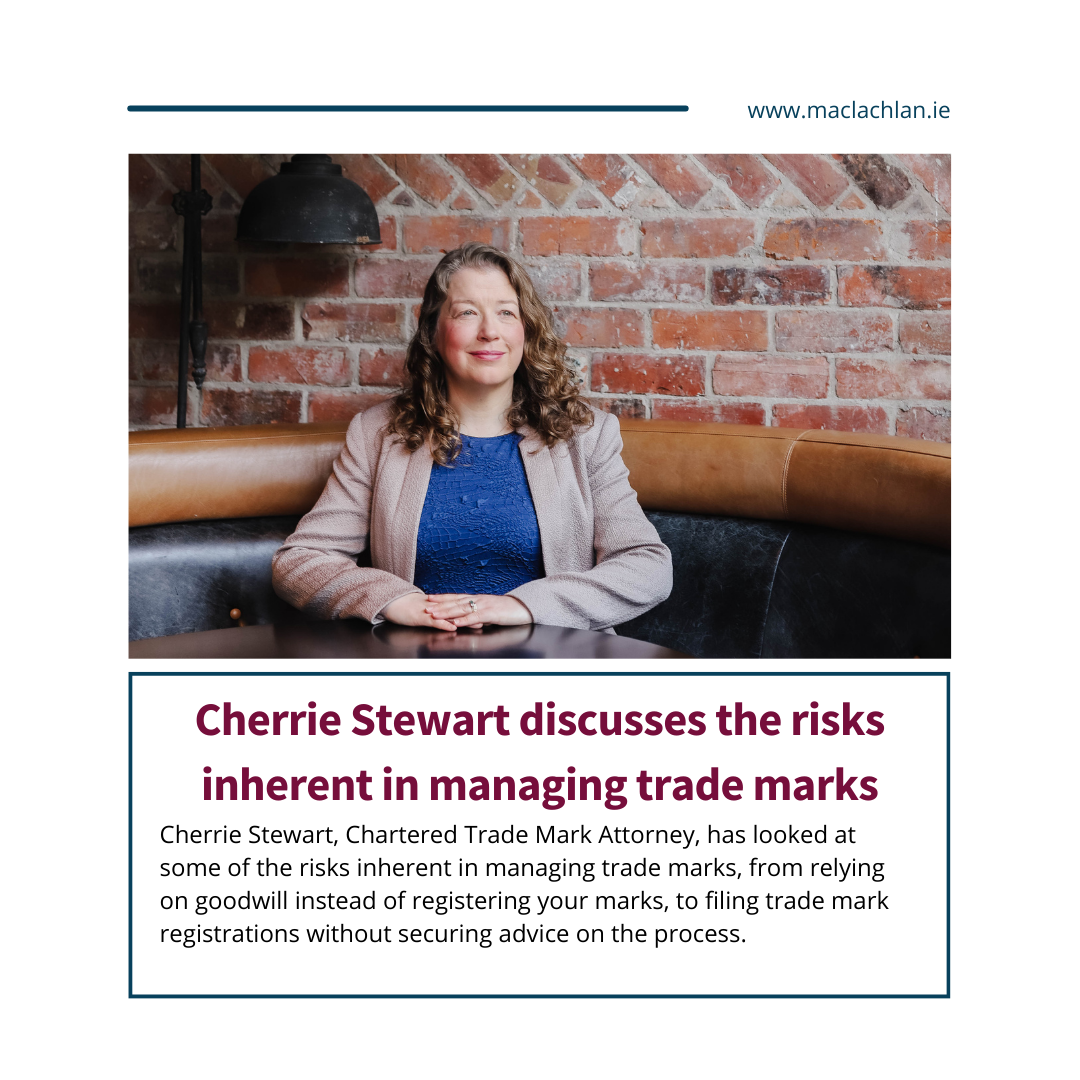In some countries, using a trade mark, i.e., those signs that identify your brand, may lead to an unregistered trade mark right, known as goodwill. Goodwill, in this context, is the attractive force that brings in customers. It’s the reason why consumers choose to buy your goods again, based on their positive past experiences with your brand.
Goodwill keeps consumers buying your products time and time again. It also makes them willing to try new products that are sold under the trade mark or that are somehow associated with the trade mark, and it is, therefore, highly valuable.
However, these unregistered rights have limitations. They are confined to your area of reputation, and enforcement is costly and time-consuming. To establish your goodwill, you must provide evidence not only of the use of your trade mark in the territory but also of its recognition by consumers. You must then demonstrate that a third party’s use of a similar sign would lead to a misrepresentation.
A trade mark registration is not geographically limited to your area of reputation but can be:
Enforced against the use of trade marks that are either identical
or
Confusingly similar in respect of goods and services which are identical
or
Confusingly similar, not just those marks which are identical or as near as.
When you register your trade mark, it’s not just protected in your current trading area. A United Kingdom registration, for instance, covers the entire United Kingdom, an Irish registration covers the Republic of Ireland, and an EU registration spans all 27 EU countries. This means your trade mark is secured not just where you trade now but also in your future markets, thus protecting the growth of your business.
Registered trade mark rights are documented, making them cheaper and easier to enforce than unregistered rights. However, it’s not just about protection; it’s also about potential income.
A registered trade mark is a property right, and like other forms of Intellectual Property, such as copyrights, patents, design rights, and trade secrets, it can generate income through licensing or sale, thereby increasing the worth of your business in the eyes of investors.
A trade mark can be one of a company’s most important assets, and extreme care should be taken to ensure that you obtain beneficial and enforceable protection.
Cautionary tales
Recently, I received an email from a small business owner who, recognising the value of a trade mark and the benefits of protecting it through registration, had filed their own trade mark application, paying the proper application fee to the UK Intellectual Property Office (UKIPO). They then received an official-looking invoice regarding payment for the publication of their trade mark. They duly paid the requested £825.00 and signed the accompanying form, only to then receive a letter from the UKIPO refusing their application.
They came to me seeking advice. Unfortunately, I had to break the unwelcome news that the money paid was for advertisement in an unofficial publication, which was unnecessary and was of no benefit to them. There was nothing that could be done to recover their money.
Additionally, the refusal by the UKIPO was justified, and it was highly unlikely that we could reverse the decision. It was a costly lesson to learn for a start-up company watching their pennies – over £1000 out of pocket with nothing to show for it.
I also had to advise another local business to adopt a different sign to identify their brand after they had filed a trade mark application, only to receive a letter from a solicitor advising them that another company had already registered the name they had adopted and would oppose their application if it was not withdrawn. They were left with the choice to withdraw their application and rebrand or face opposition against their trade mark application, which was likely to succeed, and potential infringement proceedings.
Registering a trade mark may sometimes seem straightforward, but as these business owners experienced, there are many unseen pitfalls to avoid.
There are several things which need to be carefully considered when you are considering registering a trade mark, including what form of the mark you need to register, what goods/services need to be covered, and which route should be taken to obtain the protection you require. This route to registration is especially important if you need to protect your trade mark in export markets.
In part two of our series on registering your trade mark we’ll consider how partnering with a registered trade mark attorney can make all the difference when it comes to avoiding the pitfalls inherent in adopting and protecting your trade mark.
Cherrie Stewart, Chartered Trade Mark Attorney.


